Philodendrons are some of the most popular houseplants around thanks to their tropical foliage and trailing growth habit. With overlapping, heart-shaped leaves on winding stems, philodendrons add a lush, inviting look to any indoor space.
Caring for a philodendron is easy once you understand what makes this plant thrive. While philodendrons enjoy bright, indirect light, they can adapt to lower light spots in your home. They also appreciate warm temperatures, high humidity, and moist (but not soggy) soil.
Unlock the secrets to growing healthy philodendrons at home with our top 5 care tips. This guide reveals essential strategies for thriving philodendrons, from choosing the right soil and pot to mastering watering and light conditions. Perfect for both beginners and experienced plant lovers, learn how to nurture your philodendrons for lush, vibrant growth in any indoor setting.
Choosing the Right Potting Mix
Soil Requirements
Philodendrons prefer a lightweight, well-draining potting mix that retains some moisture but allows excess water to pass through readily. Avoid heavy, dense potting soils that stay overly wet.
The ideal potting mix for philodendrons includes:
- High-quality potting soil designed for tropical plants
- Peat moss or coconut coir to help retain moisture
- Perlite, pumice, or orchid bark to improve drainage
You can make your own mix by combining 2 parts potting soil, 1 part peat or coir, and 1 part perlite or bark chips. This blend will provide an aerated yet moisture-retentive medium for healthy roots.
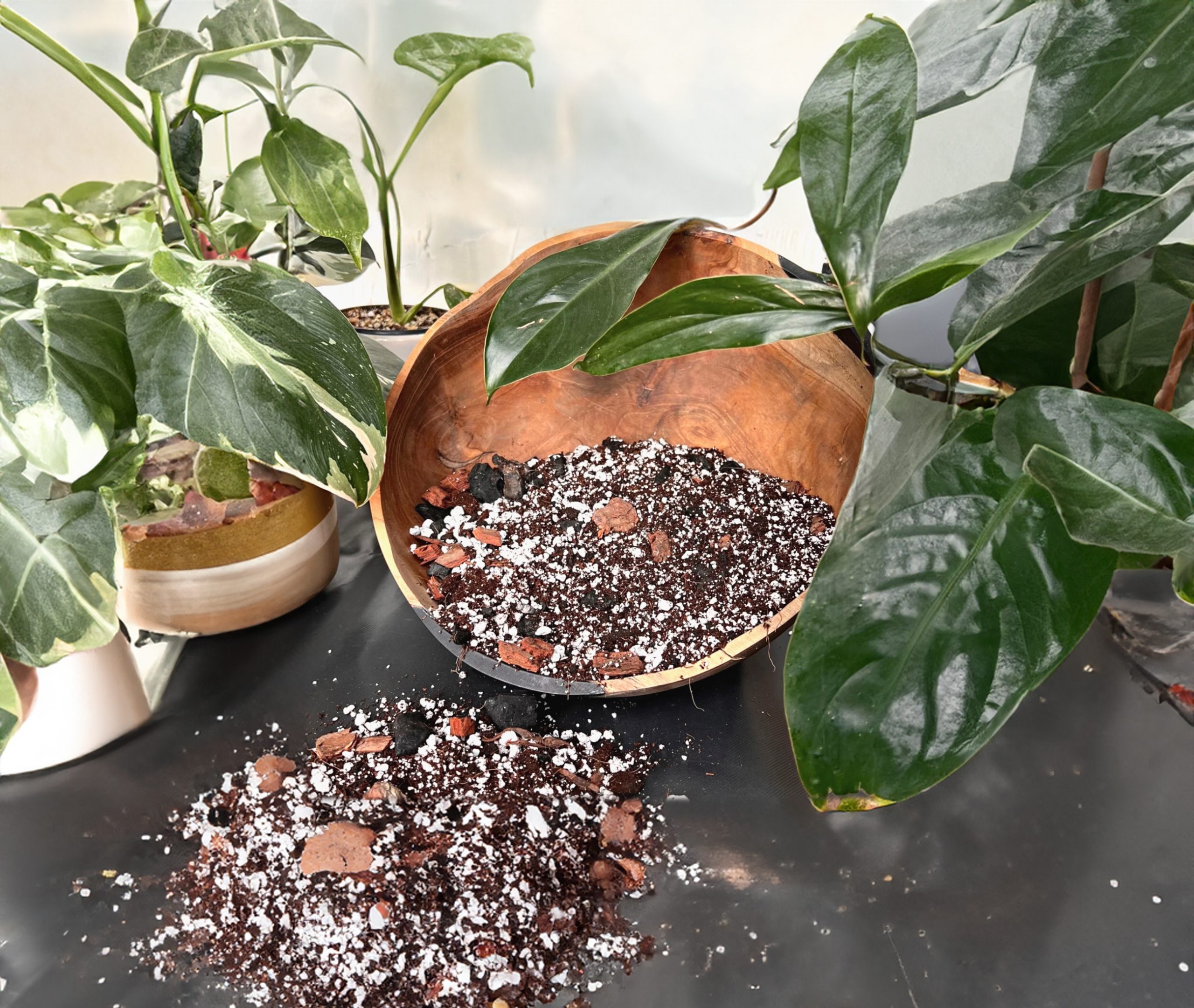
Pot With Drainage Holes
Always choose containers with bottom drainage holes when potting philodendrons. Drainage is crucial for preventing wet, compacted soil that leads to root rot.
Plastic pots, terra cotta pots, and woven baskets all work well and allow excess moisture to escape from the bottom. Place pots in cache pots or plant saucers to catch drainage water.

Re-potting
Re-pot philodendrons every 2-3 years in the spring to refresh the potting mix and provide ample room for root growth. Move plants up just one pot size at a time to avoid over-potting.
Gently remove the plant and loosen old soil from the roots before placing it in the new container. Fill in around the roots with fresh, dry potting mix.
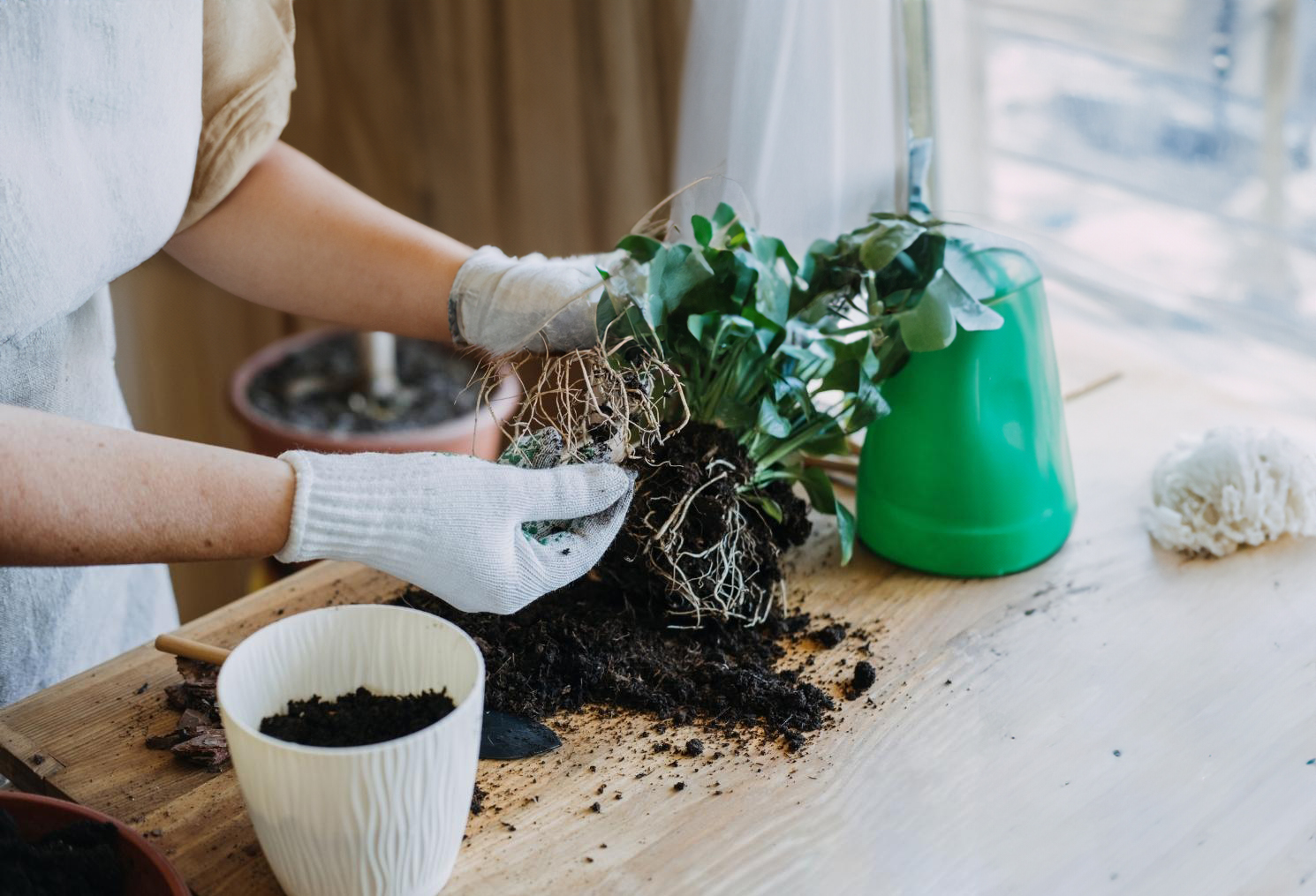
Watering Properly
Watering Frequency
Philodendrons like consistently moist (but not wet) soil. Water whenever the top inch or two of the potting mix feels dry to the touch. This is typically every 1-2 weeks in the growing season. Reduce watering frequency in winter.
Always check soil moisture before watering instead of sticking to a fixed schedule. Water needs depend on factors like temperature, humidity, light exposure, and pot size.
Watering Method
Water thoroughly until liquid drains from the bottom drainage holes of the pot. This ensures the entire root zone receives moisture. Avoid just dribbling water onto the soil surface, as this leads to shallow root growth.
Use room temperature filtered or distilled water, not cold water straight from the tap. Chlorine and fluorine in tap water can build up and damage philodendron roots over time.
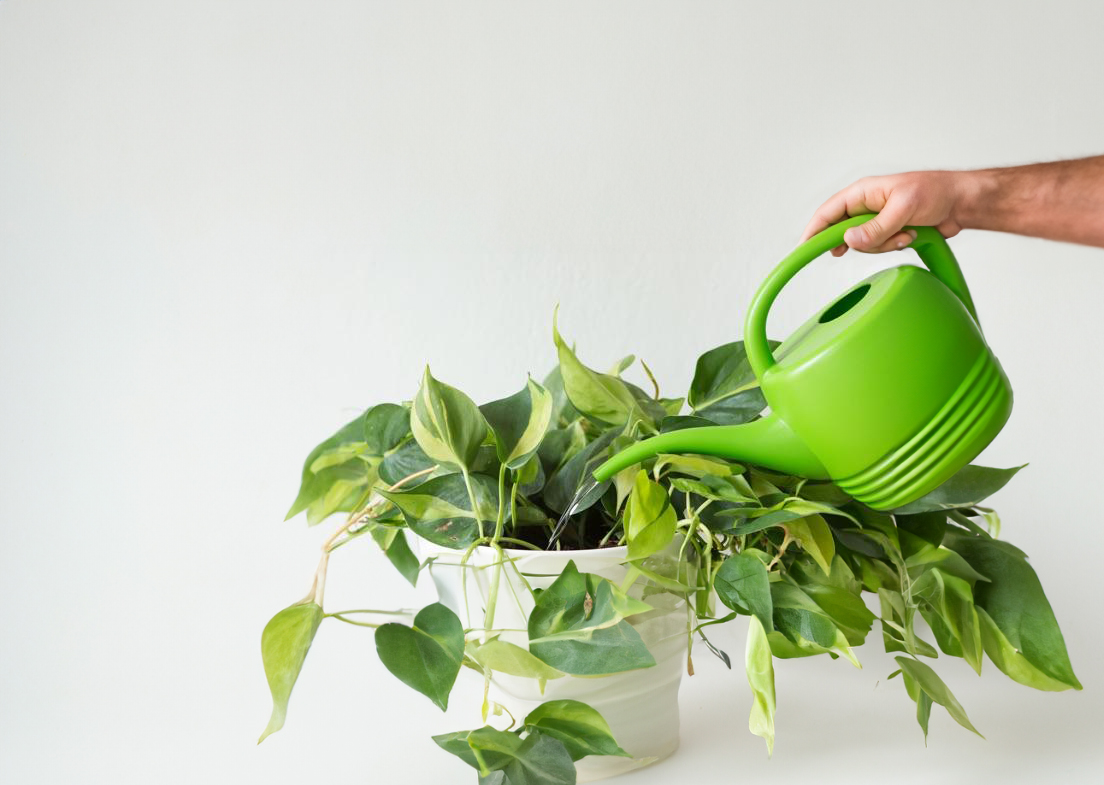
Signs of Under/Over-Watering
If the leaves start to droop, turn yellow, or develop brown spots, the plant is likely under-watered. Give it a good soak right away. Over-watering also leads to leaf yellowing and leaf drop as the roots suffocate and rot. Let the soil dry out before watering again if you notice these issues.
Providing the Right Light Conditions
Light Requirements
Philodendrons grow best in bright, indirect light. They can tolerate partial shade but growth will slow in darker corners. Direct hot sun will scorch the leaves.
South or west-facing windows offer ideal light levels for philodendrons as part of the daylight exposure is filtered through sheer curtains or blinds. Just be sure to rotate the plant regularly so all sides get sun.
“Explore the Exceptional 2023 Philodendron Variegata Collection: A Curated Selection of the Rarest and Most Unique Varieties Available.”
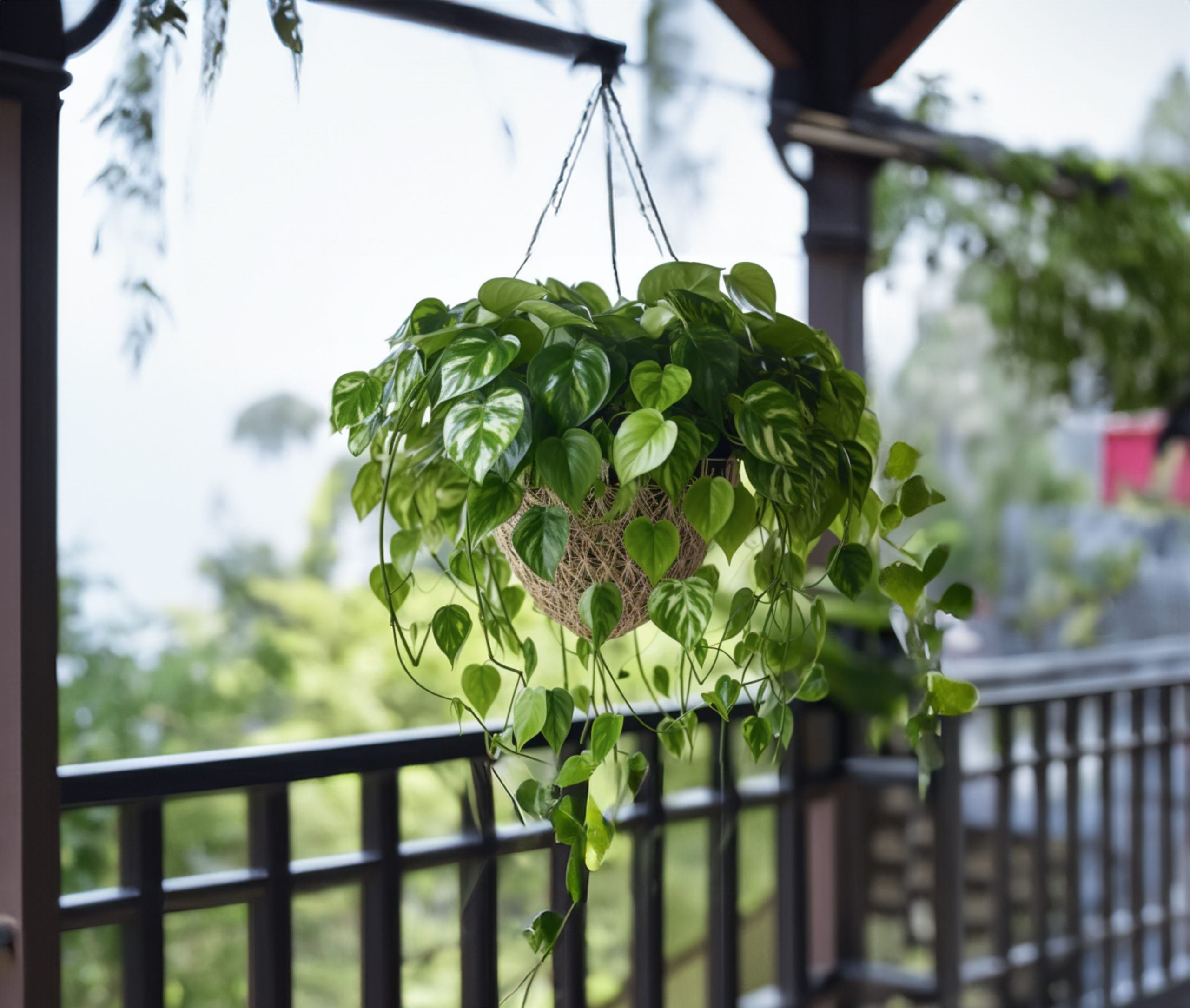
Maximizing Light Exposure
If you don’t have brightly lit indoor spaces, use large mirrors and pale walls/flooring to reflect and bounce light around the room. Position philodendrons near (but not in front of) light-colored walls to maximize brightness.
You can also supplement with grow lights. LED plant lights on 14-16 hours per day give philodendrons the rays they need for lush growth. Use adjustable lights and monitor leaf color to prevent light stress.

Signs of Insufficient Light
Philodendrons that aren’t getting enough light will have sparse, small leaves. The foliage may be abnormally dark green or develop reddish-bronze tints. Slow growth and long, weak stems are other clues your plant needs a brighter spot.
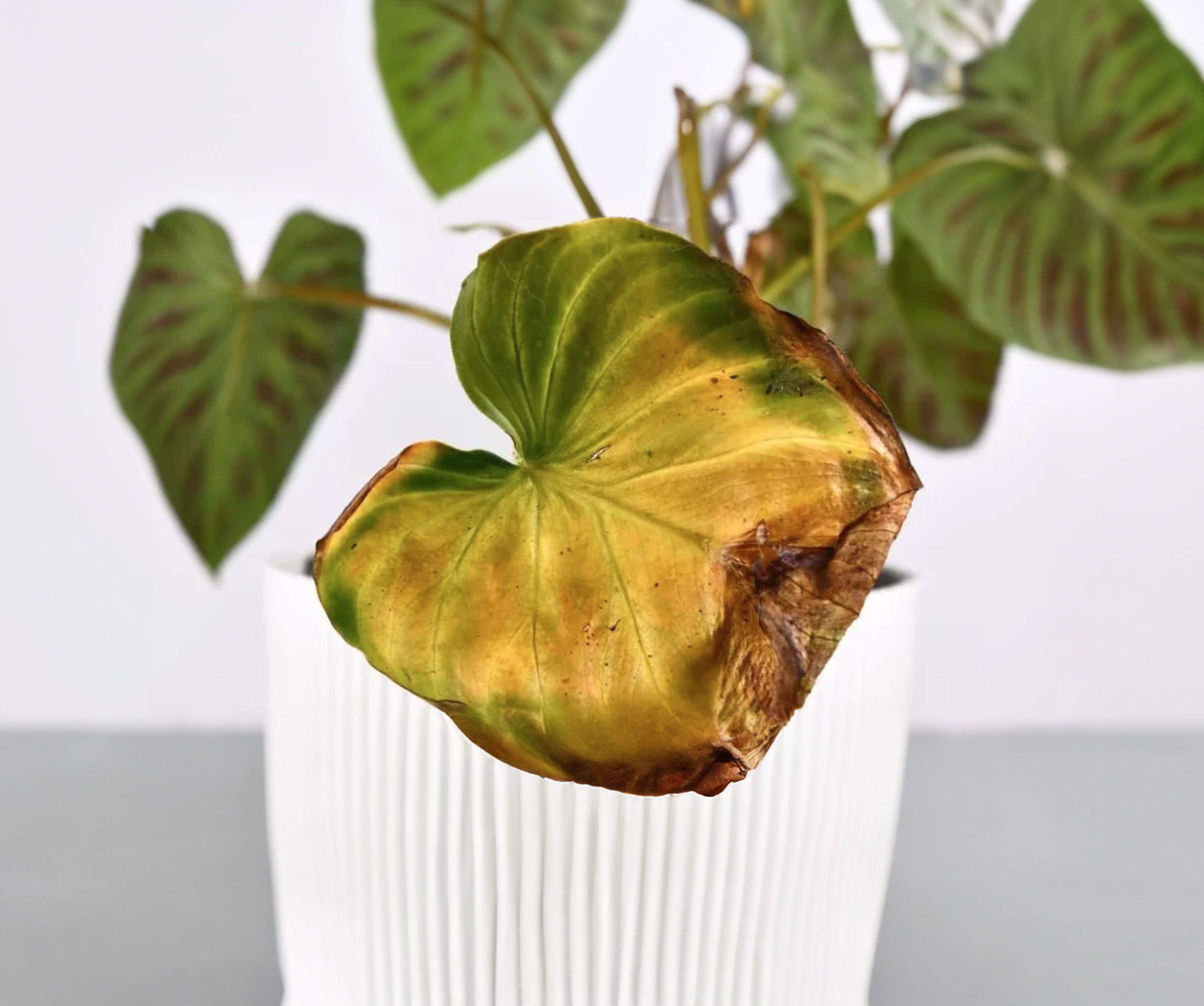
Caring For the Leaves
Pruning
Remove any yellow, droopy, or damaged leaves at the base of the plant. Prune back leggy stems to keep philodendrons full and compact.
Always sterilize pruners before each use to avoid transferring diseases between plants. Philodendrons bleed sap when cut, so apply cinnamon powder or sealant to any fresh wounds.
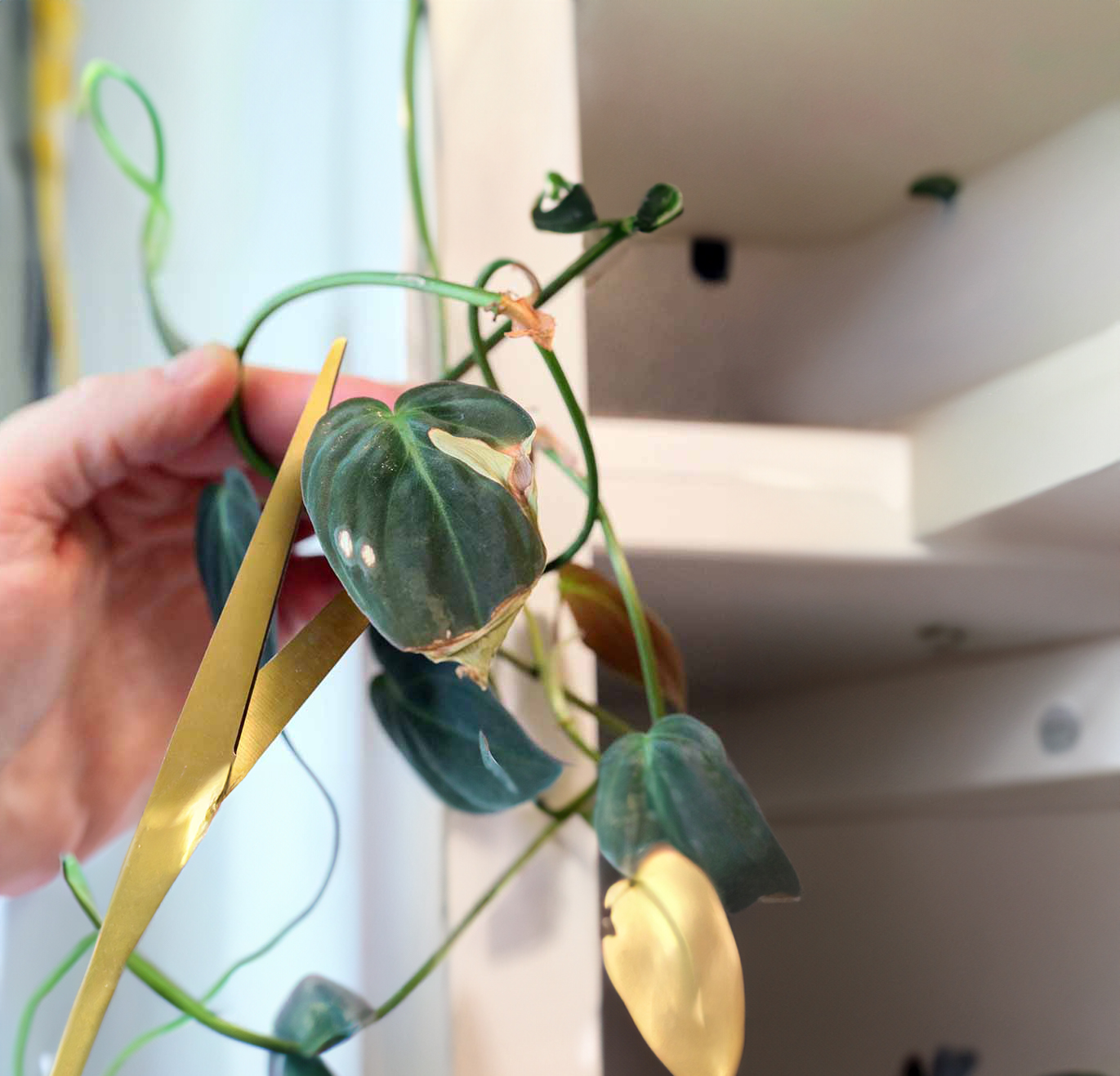
Cleaning
Gently wipe philodendron leaves as needed with a soft, damp cloth to remove dust and debris. Mist leaves occasionally with room temperature filtered water and pat dry to increase humidity around the plant.
Propagation
Take stem cuttings in spring or summer for easy philodendron propagation. Each cutting should have 2-3 leaves. Cut below a node and root in water or moist potting mix. New plants can also be started by planting a leaf petiole cutting into soil.
Maintaining Proper Humidity
Humidity Needs
Native to tropical rainforests, philodendrons thrive in average home humidity levels of 40-50%. Avoid dry indoor air below 30% relative humidity if possible.
Signs of low humidity include brown leaf tips and margins. Misting plants daily helps boost moisture levels around the foliage to prevent this.
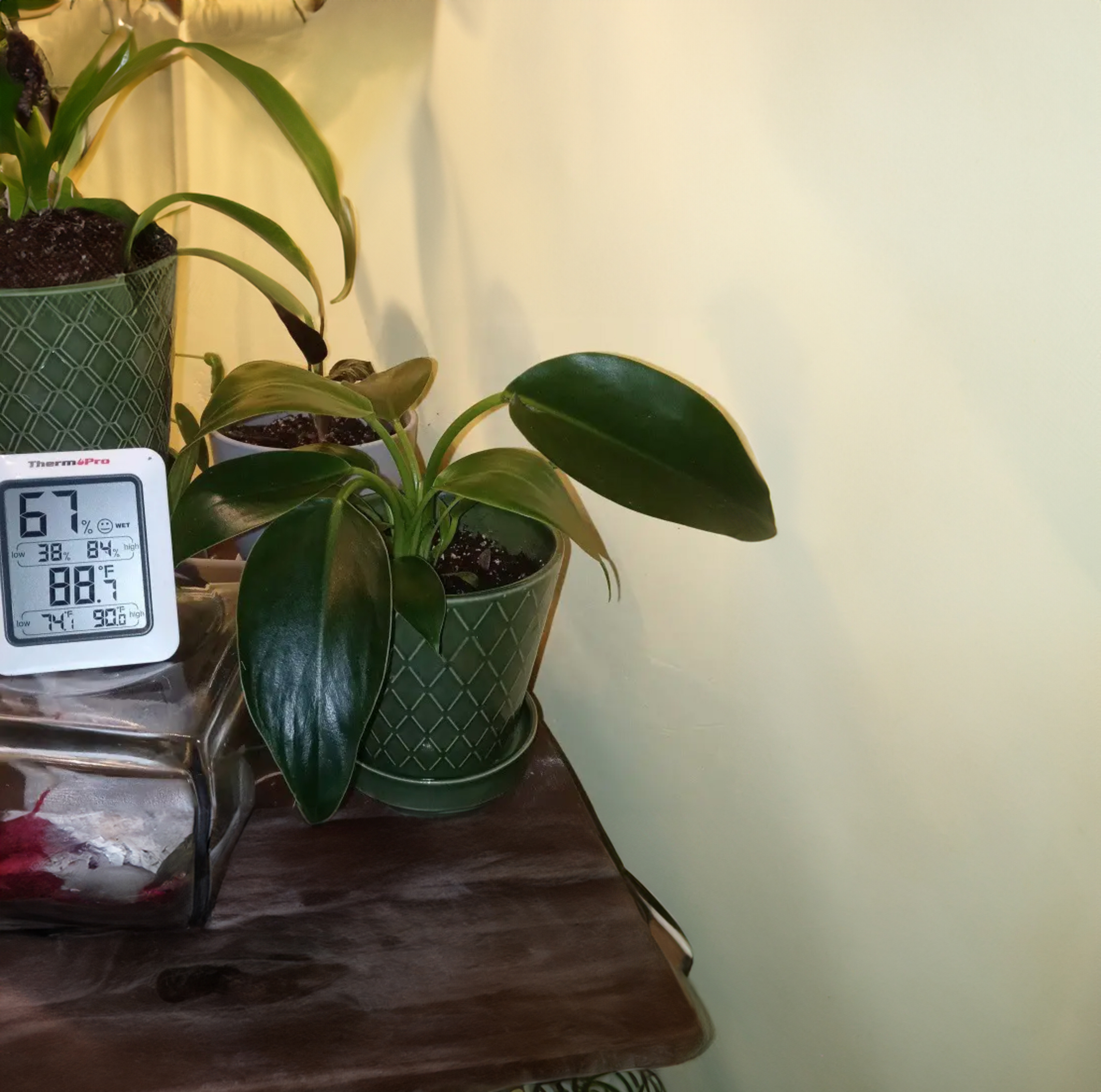
Providing Added Moisture
Run humidifiers in the room to raise the ambient humidity. Or place pots on pebble trays filled with water, which evaporates and humidifies the surrounding air.
Group philodendrons together along with other tropical plants. A dense collection of plants creates a self-contained humid microclimate through transpiration.
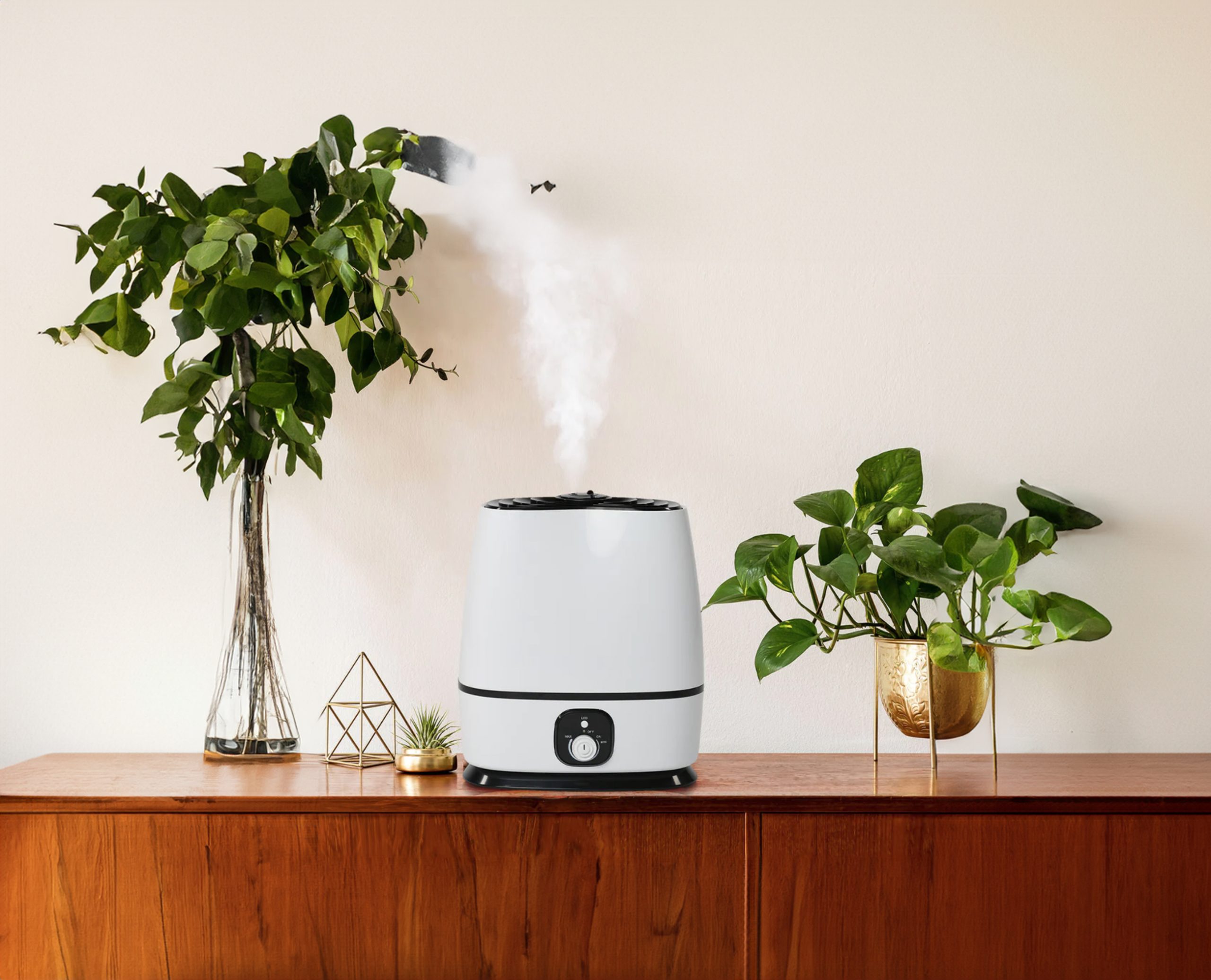
Improving Air Flow
While philodendrons like humidity, avoid stagnant air which encourages pests and diseases. Use fans to circulate air gently around the plants. Ensure philodendrons receive good air movement rather than being packed together in a still corner.
Troubleshooting Common Issues
Pests
Mealybugs, aphids, and spider mites are potential philodendron pests. Isolate and treat infested plants quickly before they spread. Wipe pests off with a cotton swab dipped in alcohol or insecticidal soap.
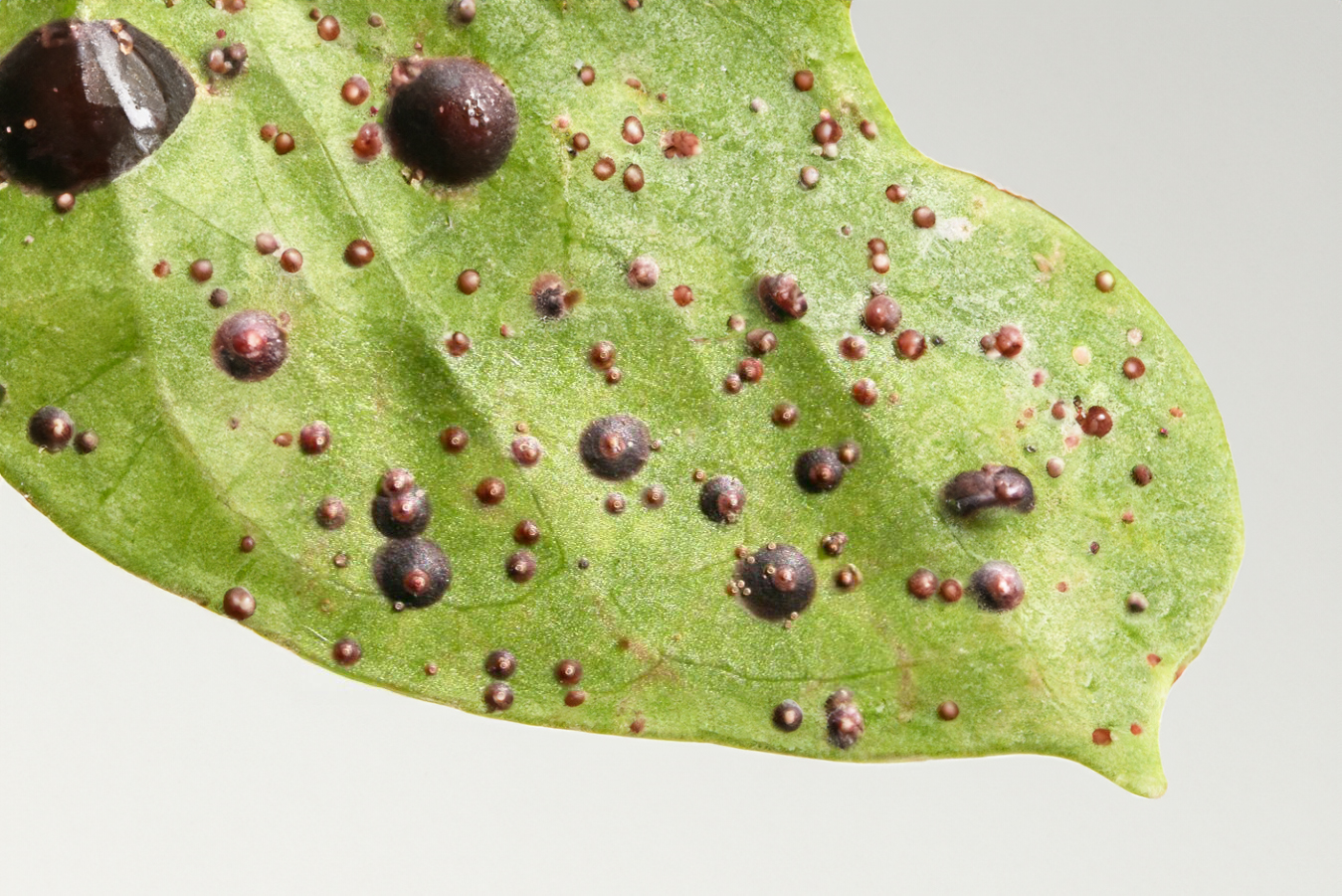
Diseases
Over-watering is the most common trigger for diseases like root rot, stem rot, and bacterial leaf spot. Sanitize tools between plants and remove infected sections promptly. Let soil dry out more between waterings.
Leaf Issues
If leaf tips or edges turn brown and crispy, the plant needs more humidity. Yellow or dropped leaves indicate too much or too little water. Adjust moisture and watering frequency to resolve.
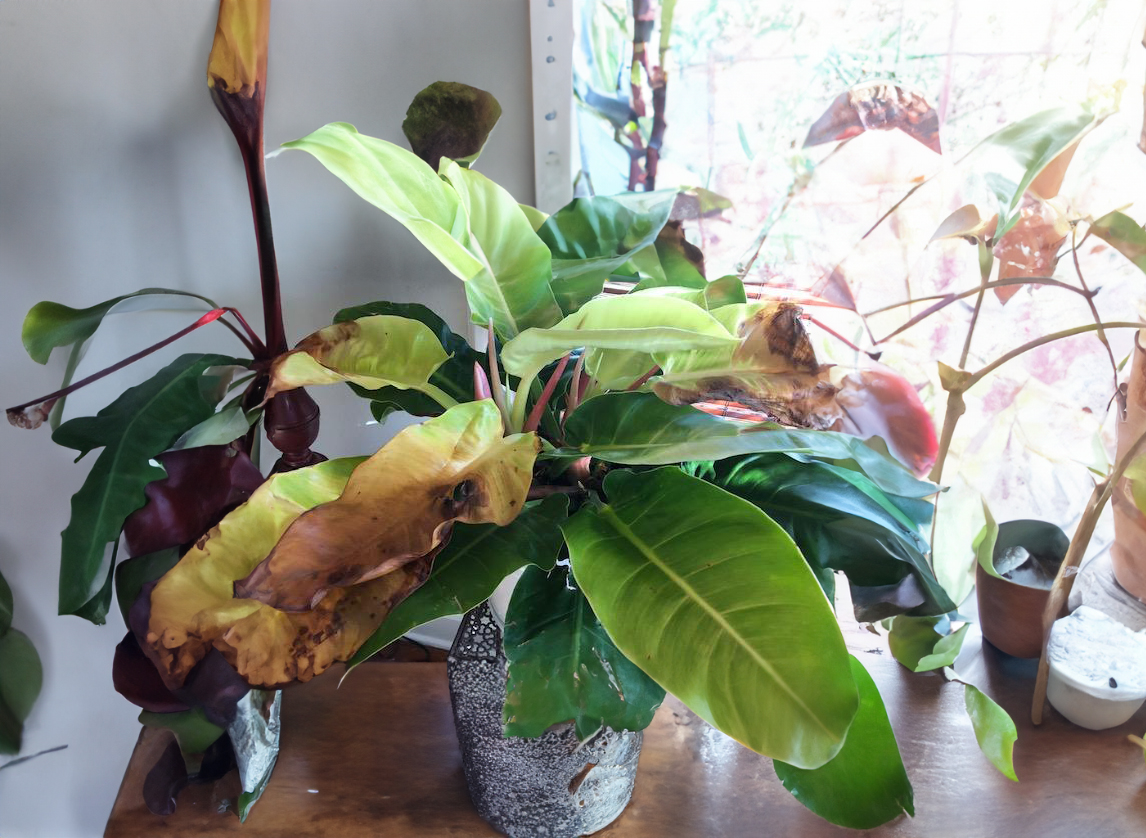
Conclusion
Caring for philodendrons is easy when you replicate the warm, humid, tropical environment they evolved in. Provide bright, filtered light, regular watering coupled with well-draining soil, average household humidity, and proper air movement. With a little attention, philodendrons offer hassle-free maintenance and lush, cascading appeal for any indoor garden.


4 thoughts on “The Ultimate Guide to Philodendron Care for Healthy and Vibrant Plants”